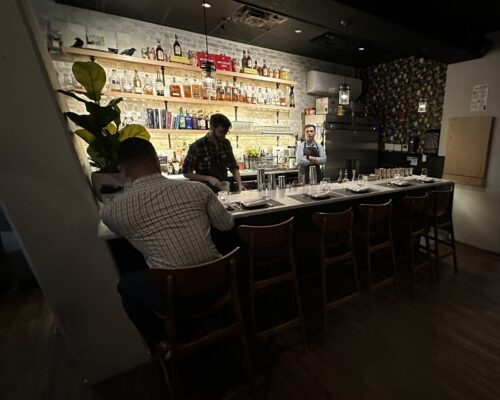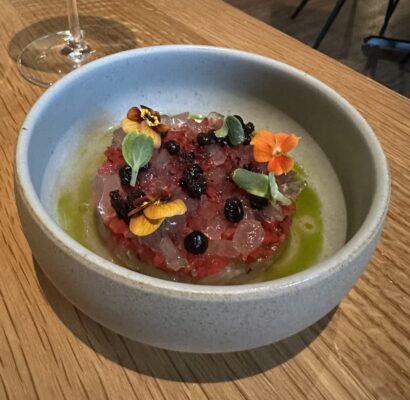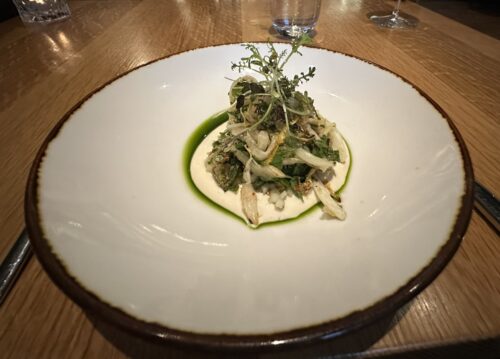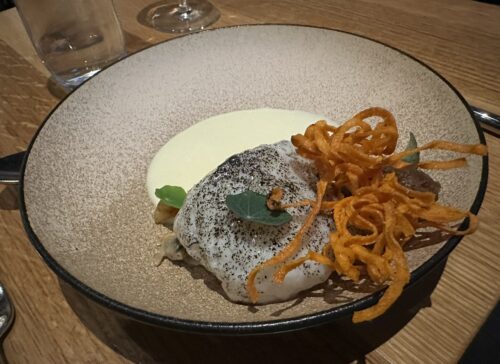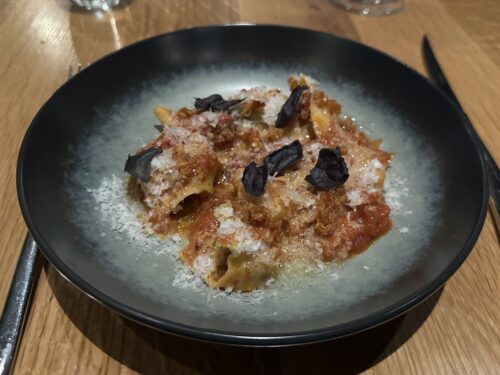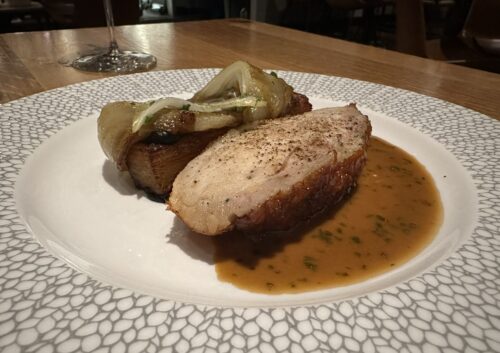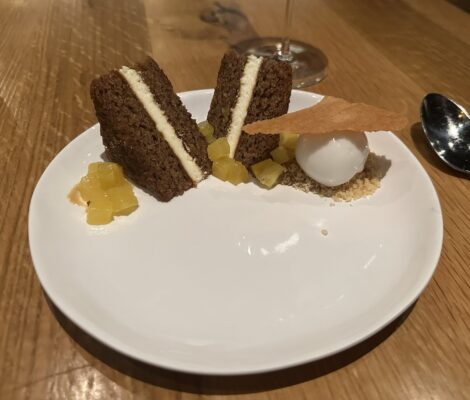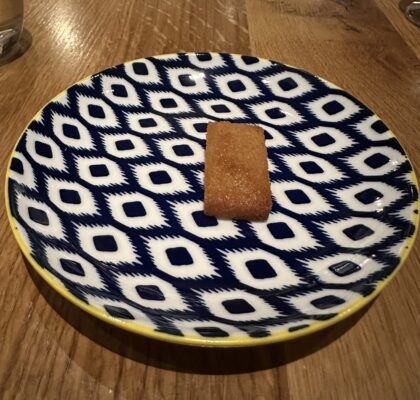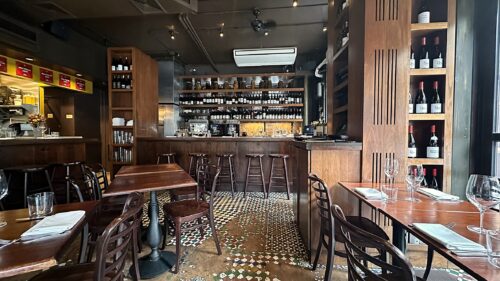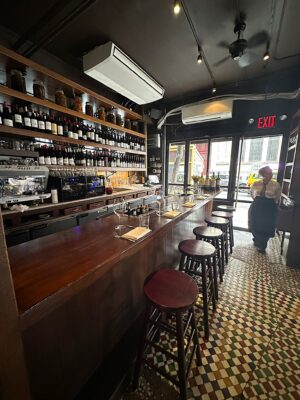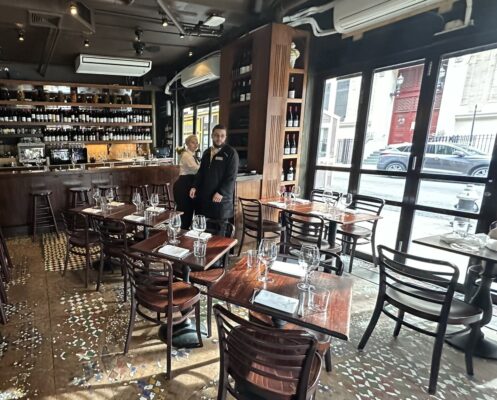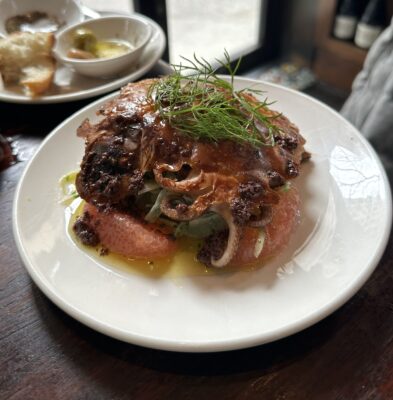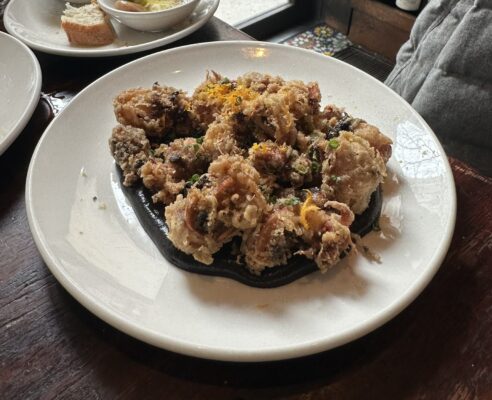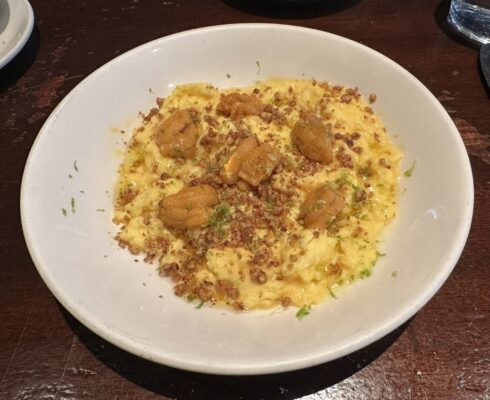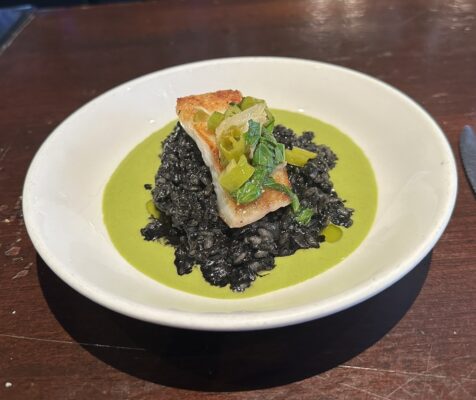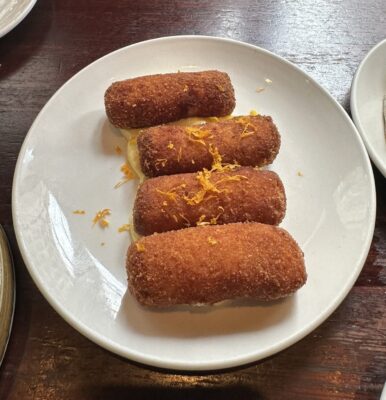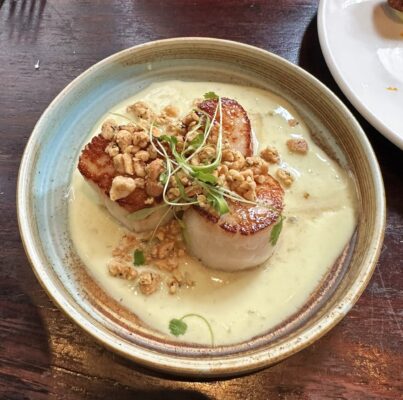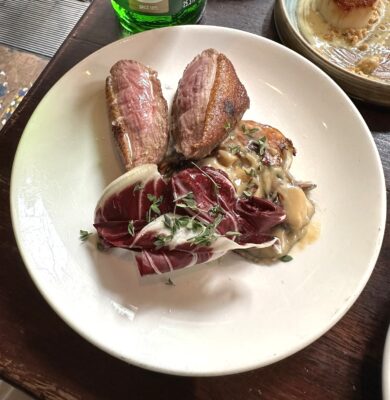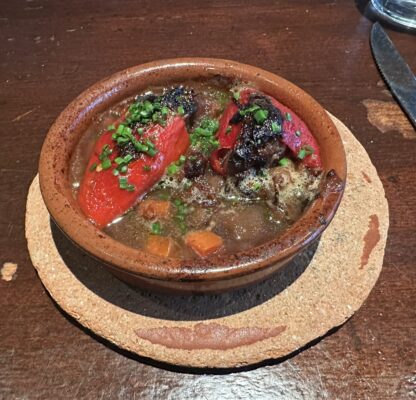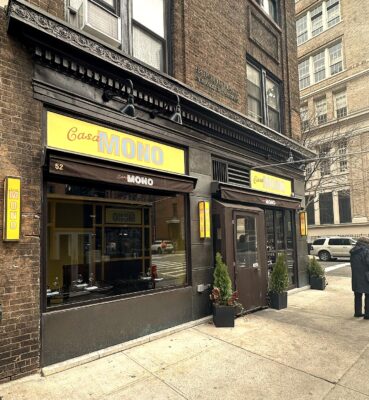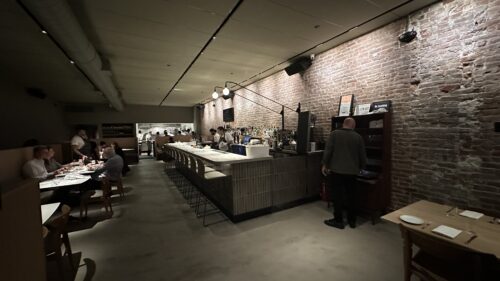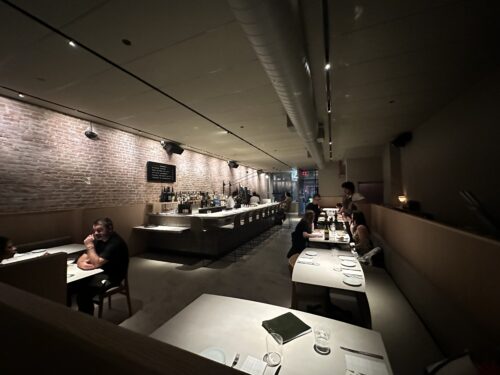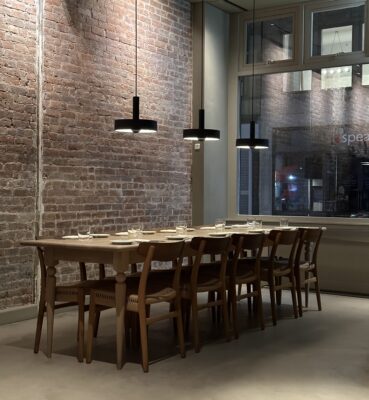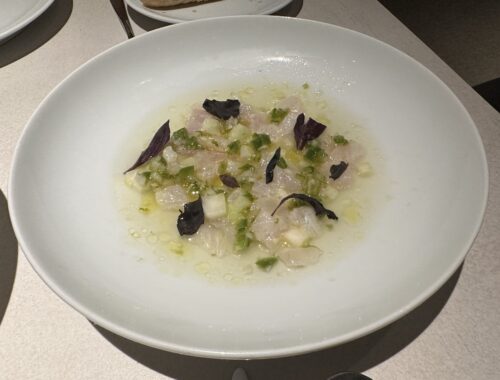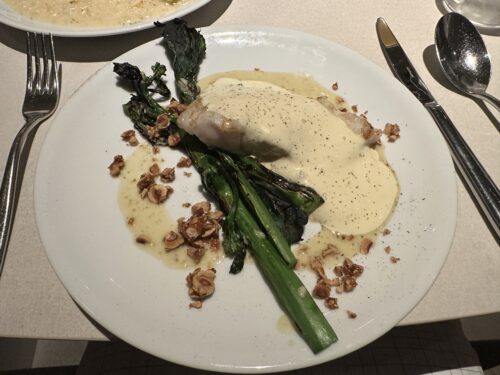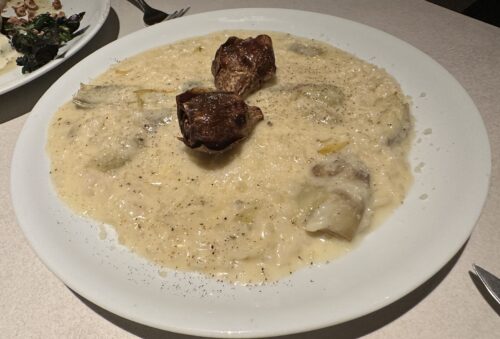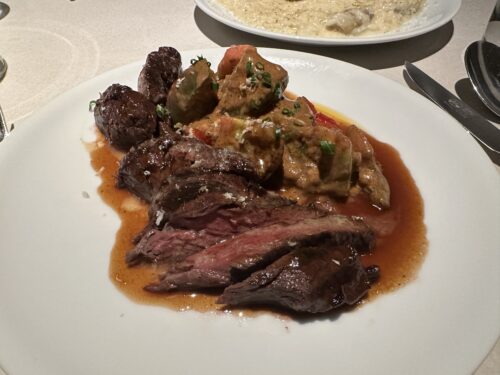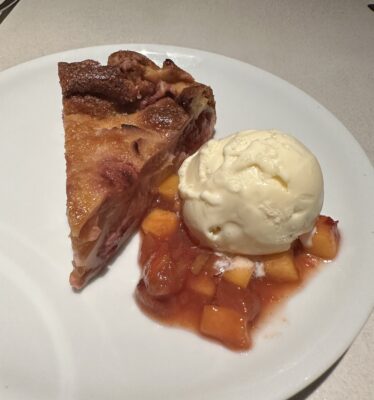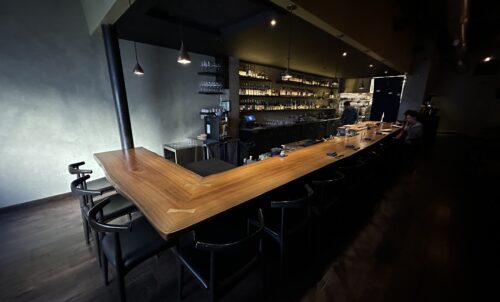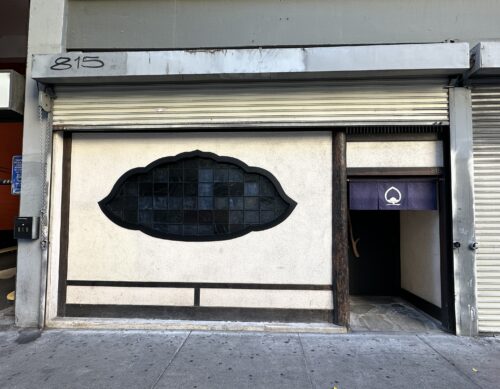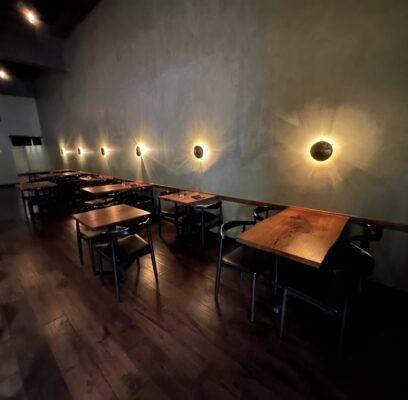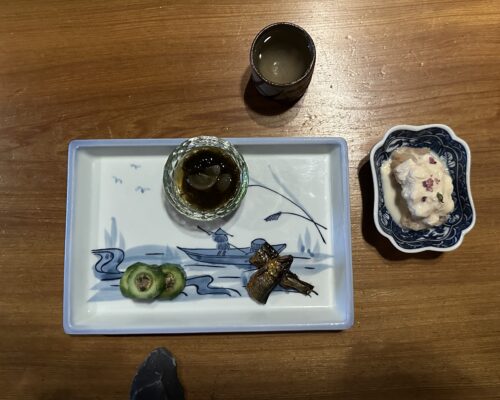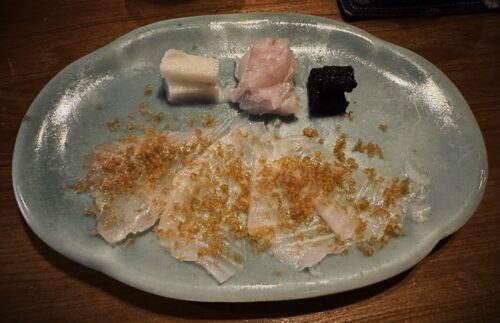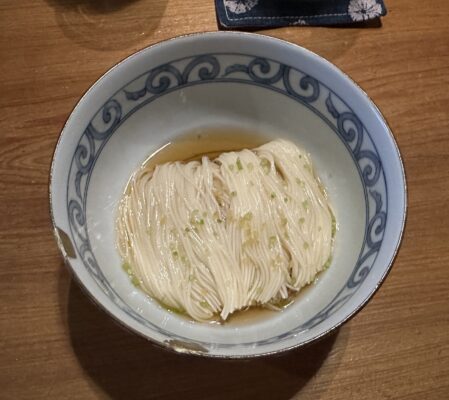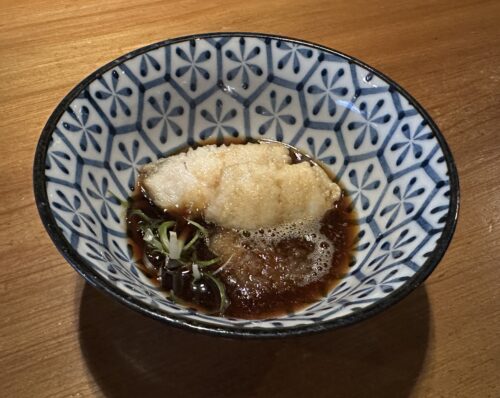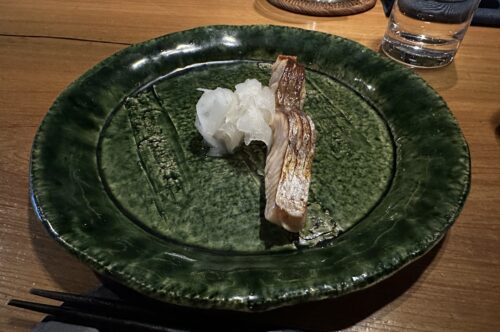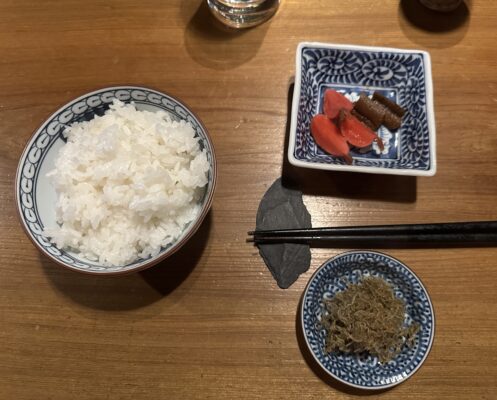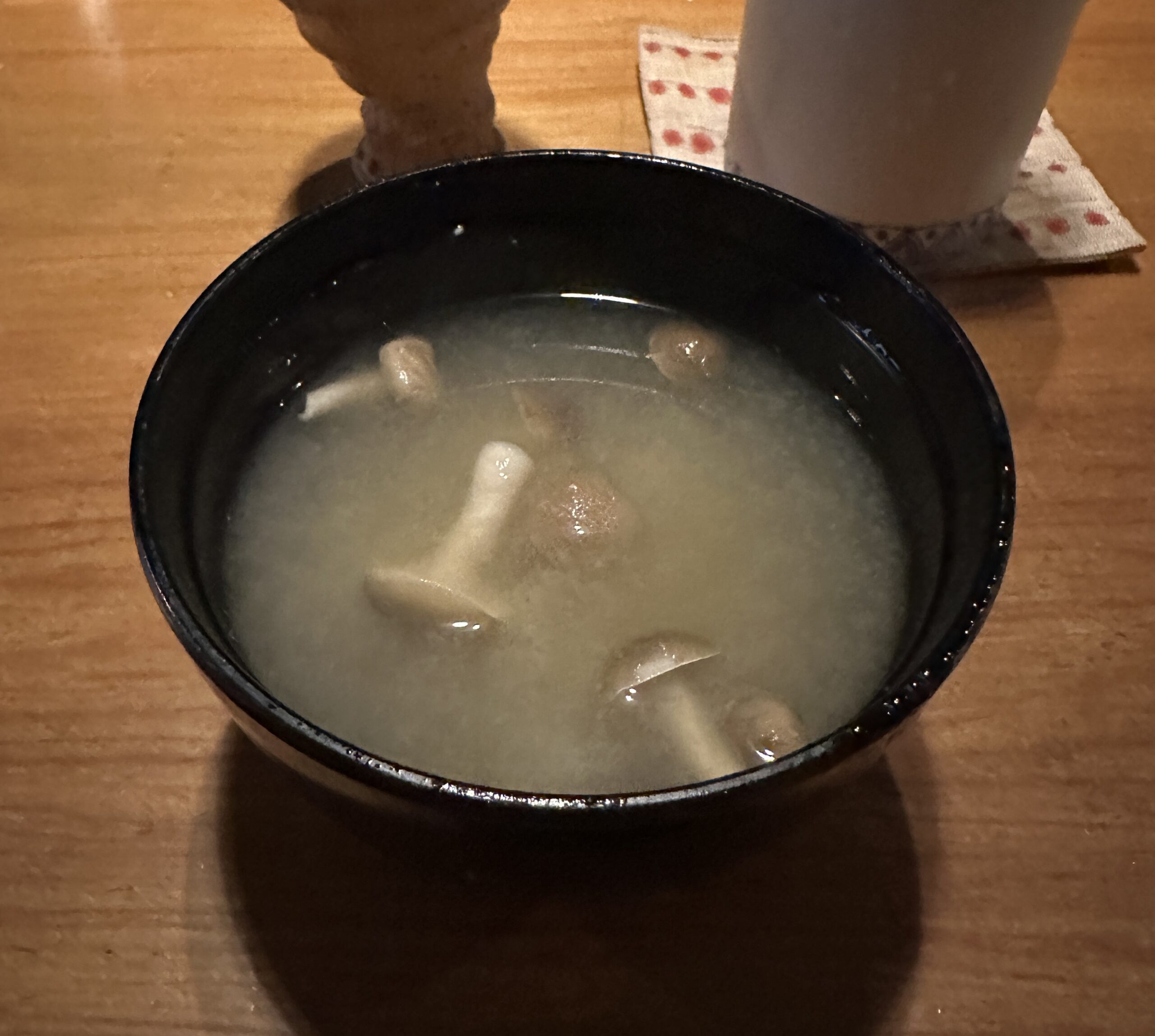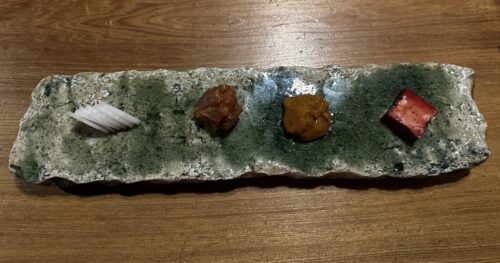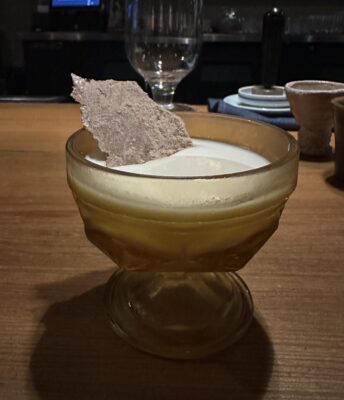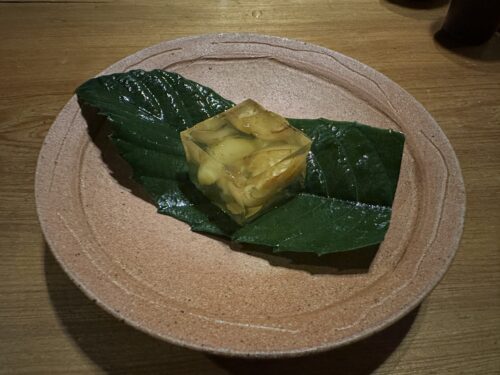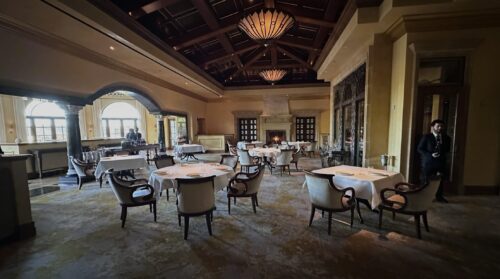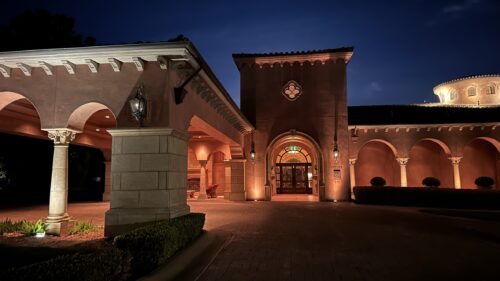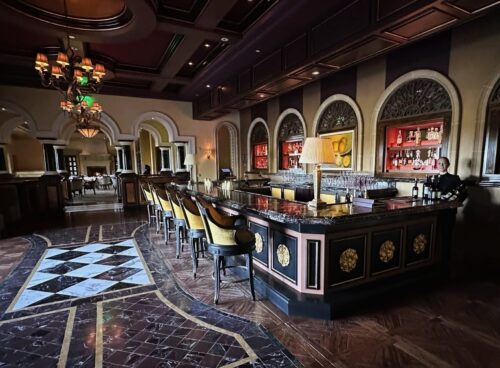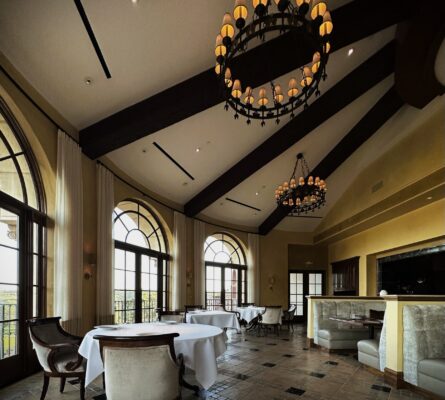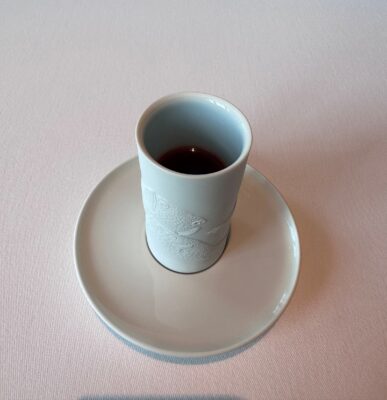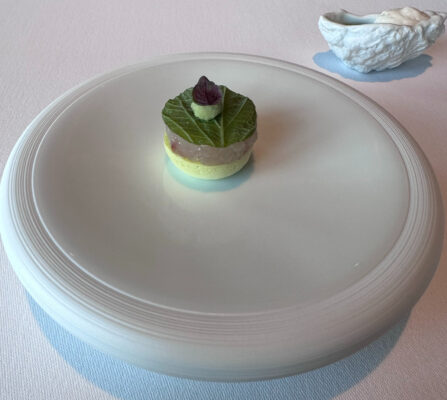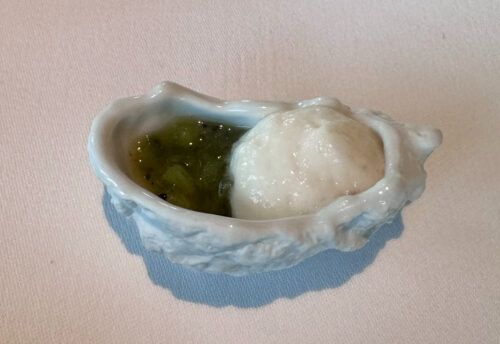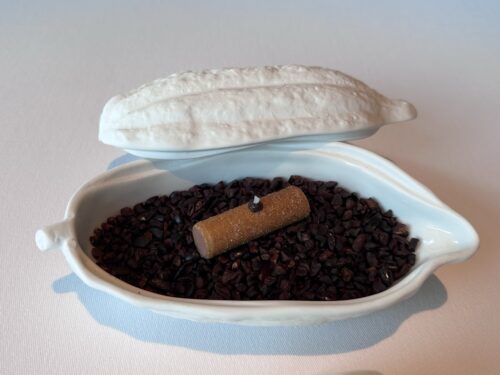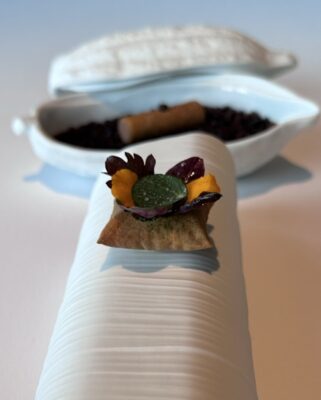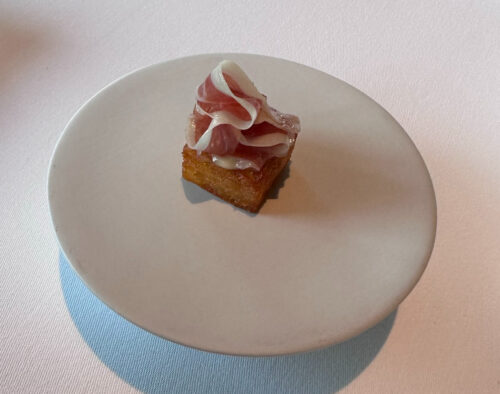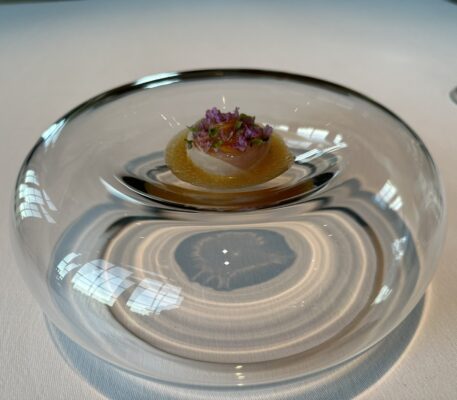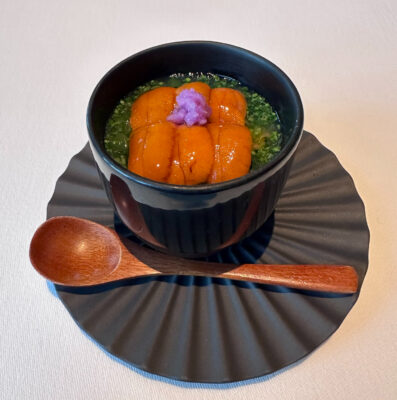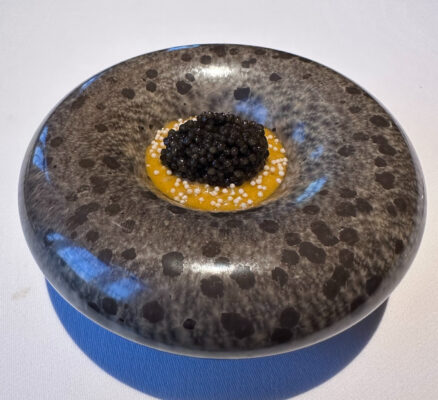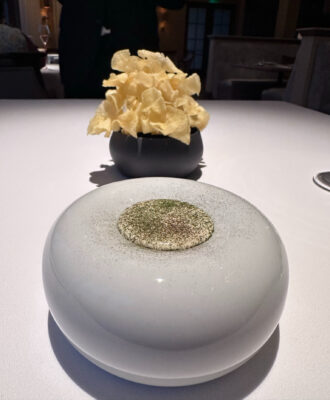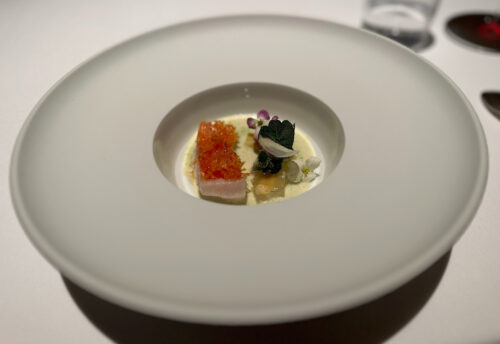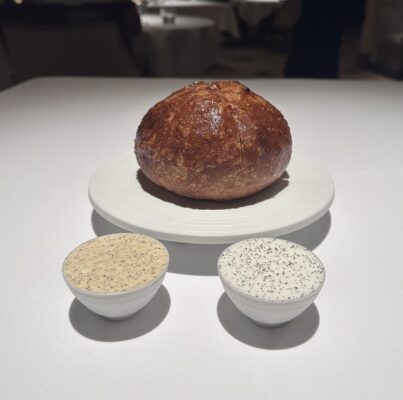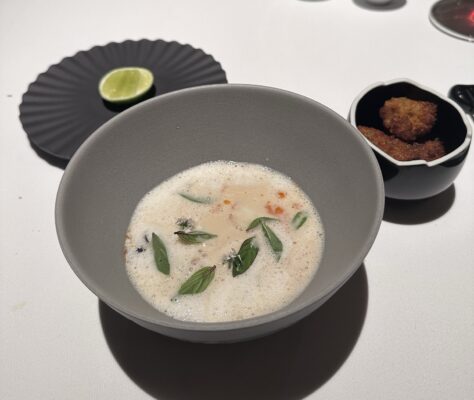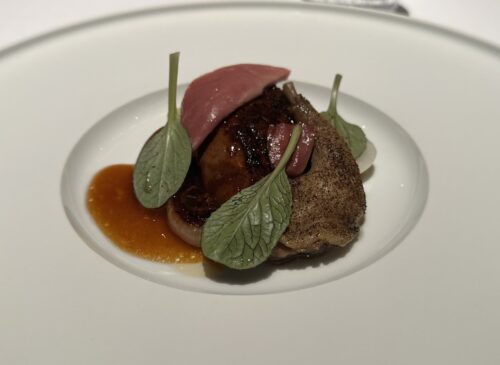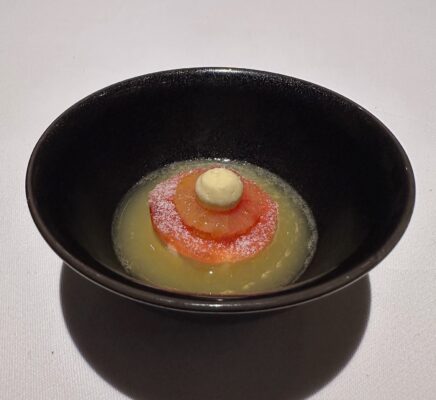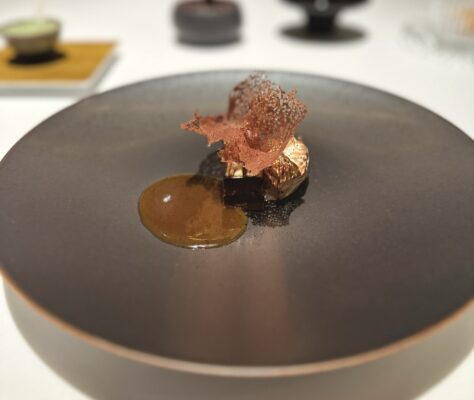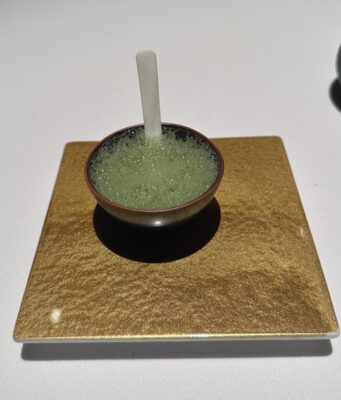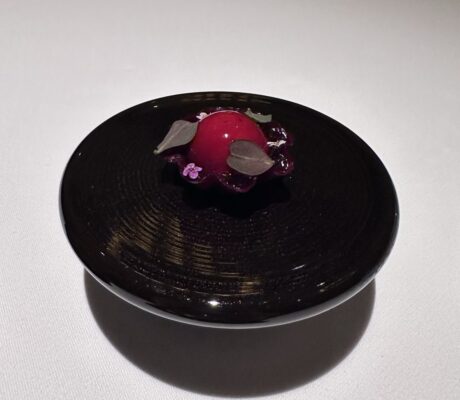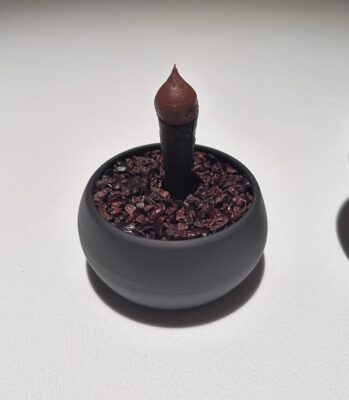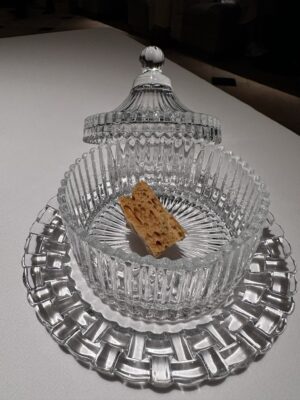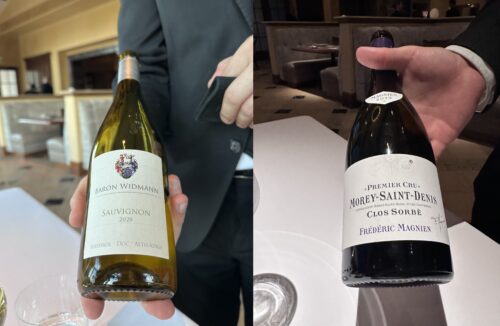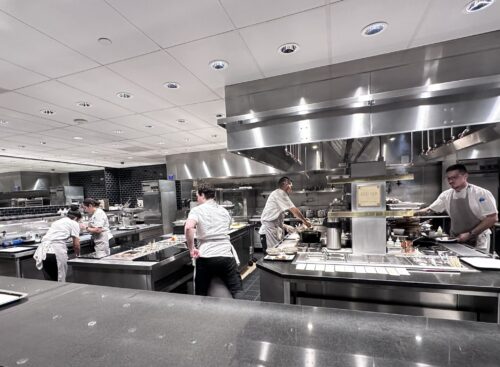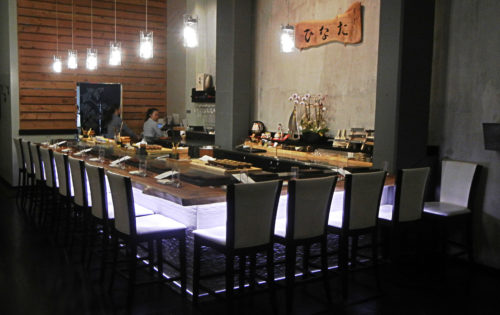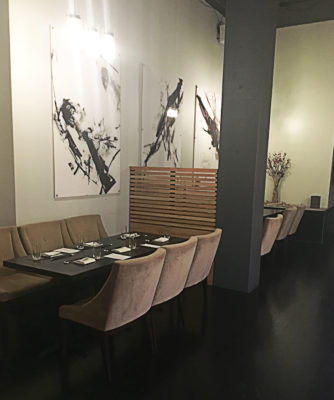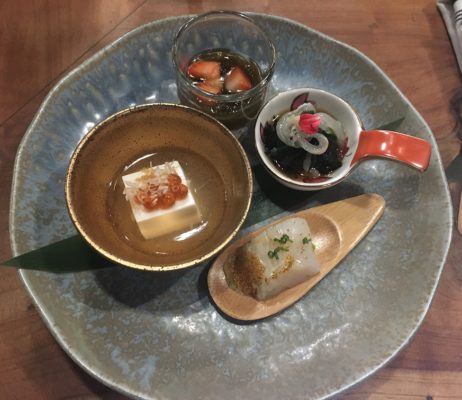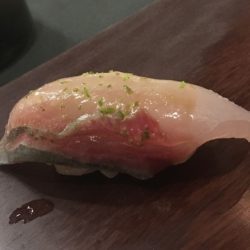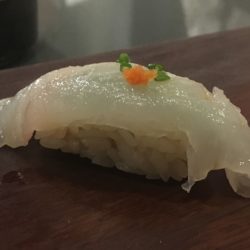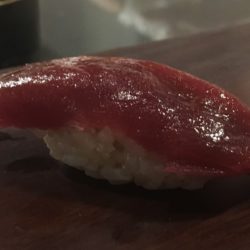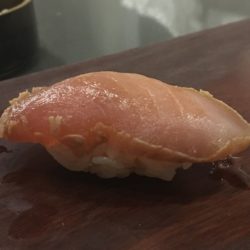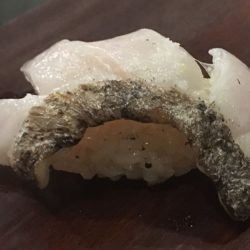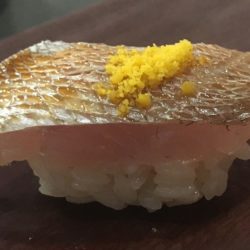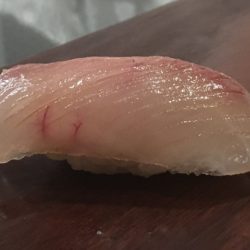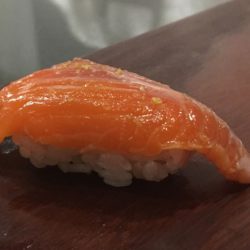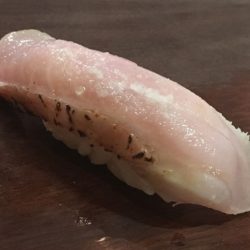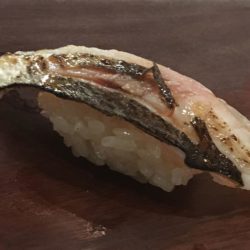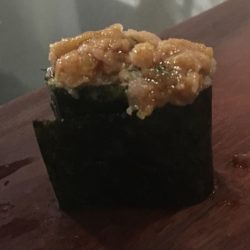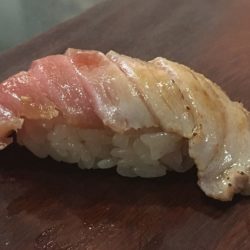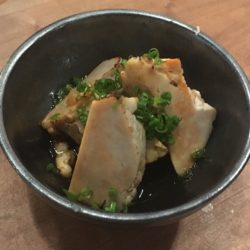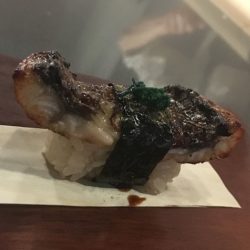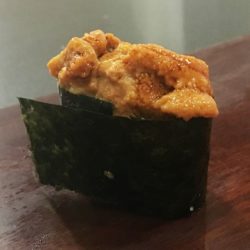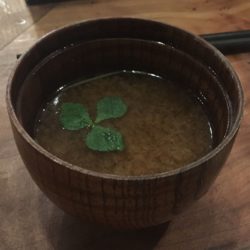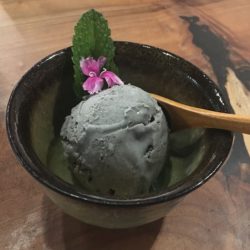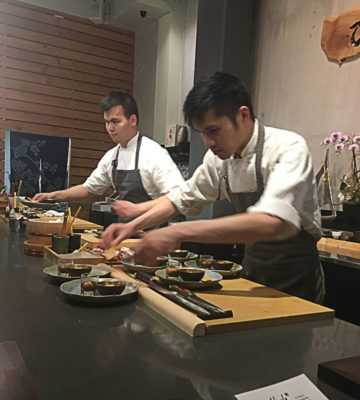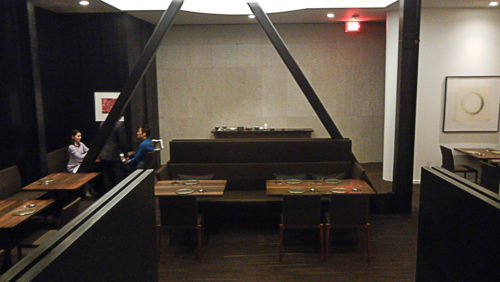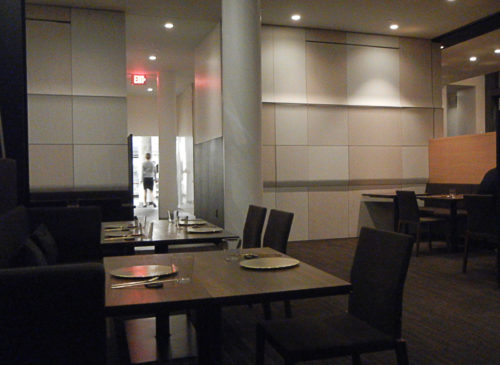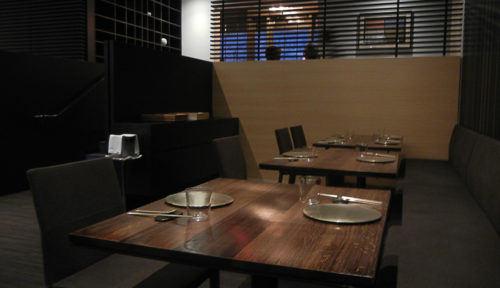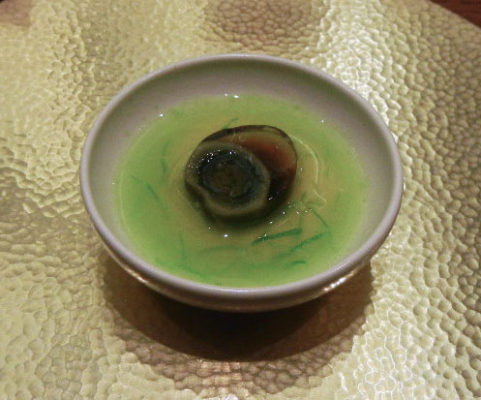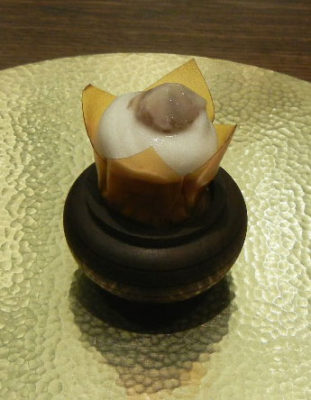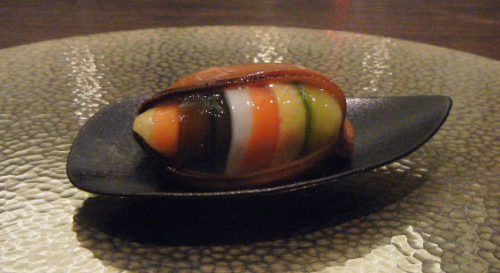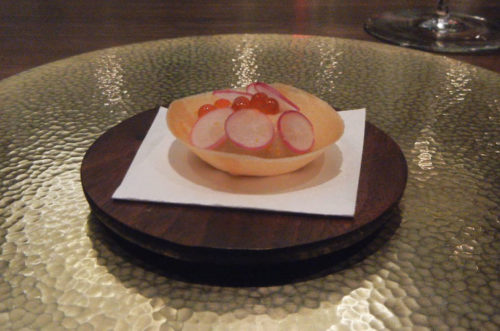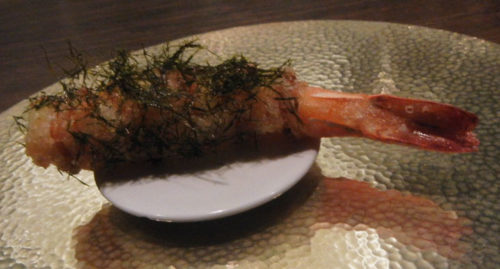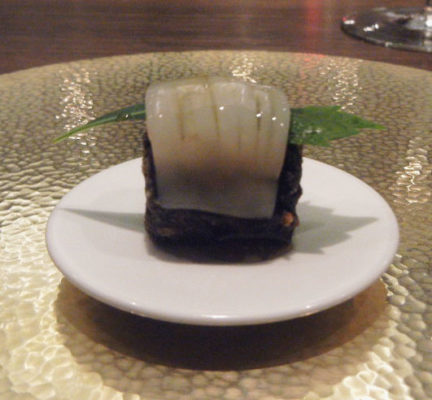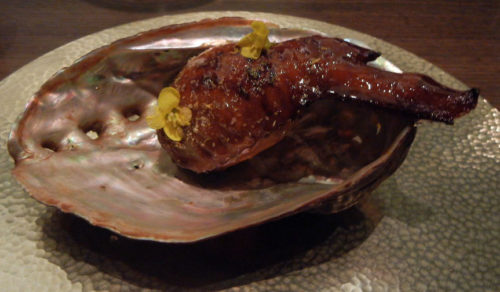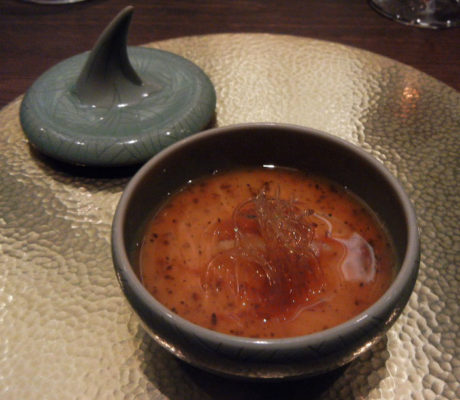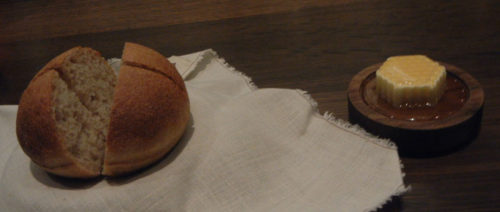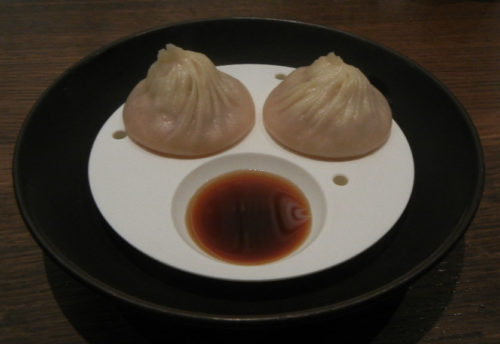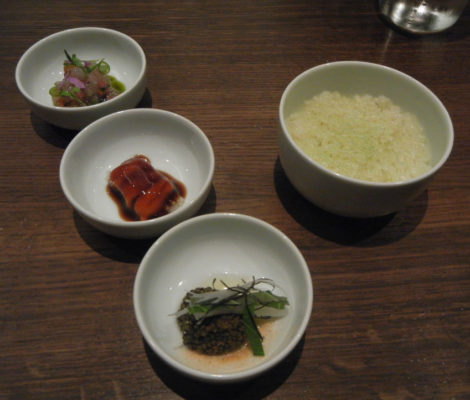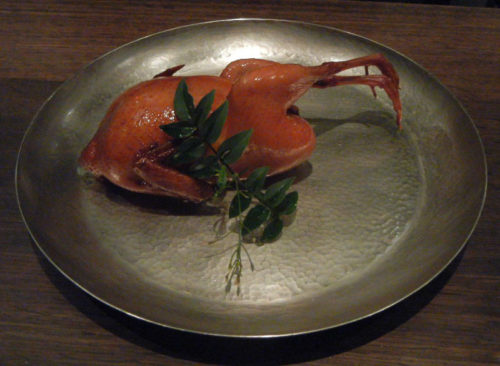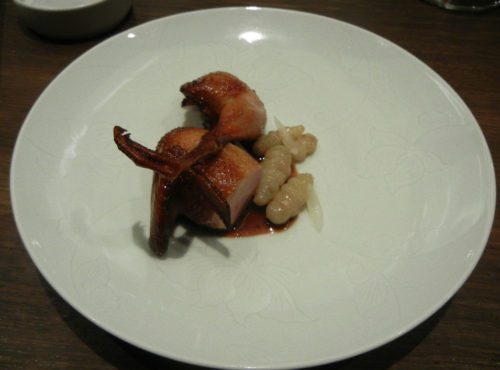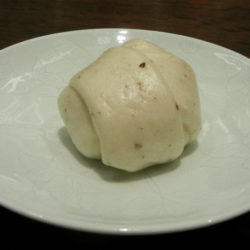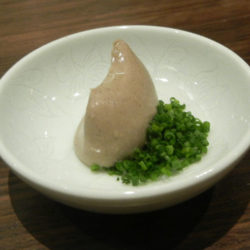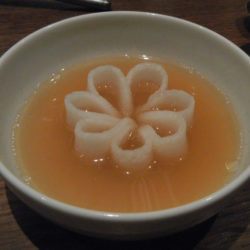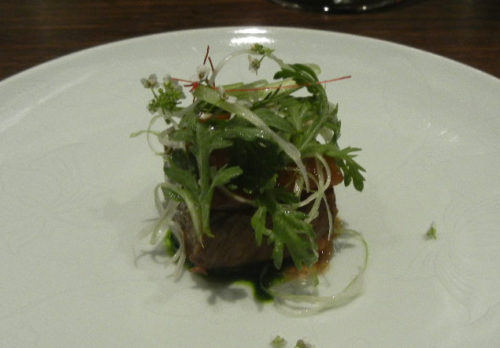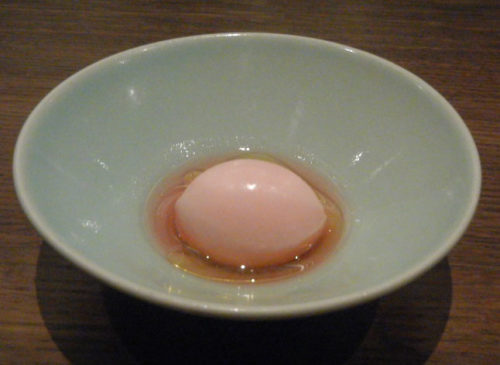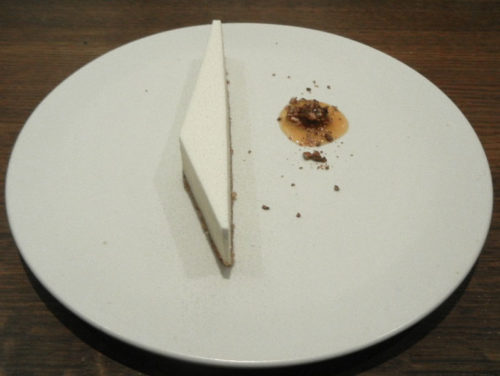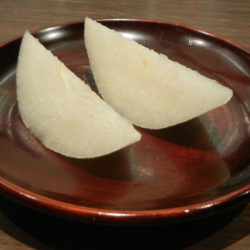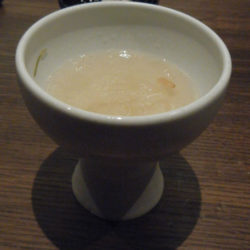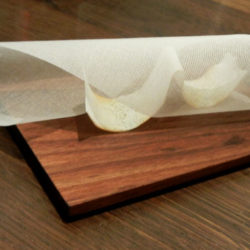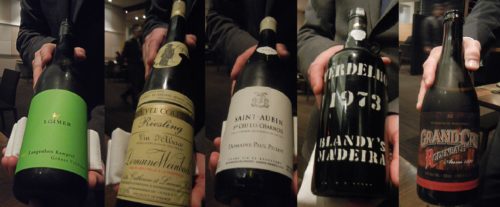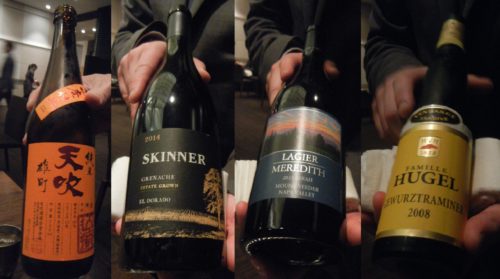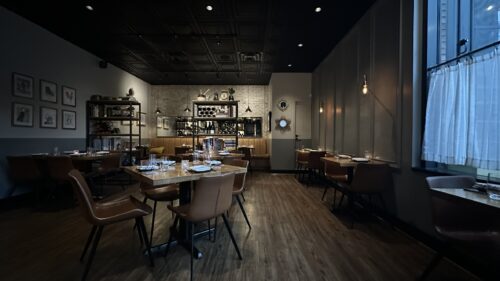
Rooster & Owl
2436 14th St NW
Washington, DC 20009
(202) 915-9004
Official Site
Rooster & Owl is a Michelin-starred restaurant in Washington, D.C., owned by the husband-and-wife duo Yuan and Carey Tang. Chef Yuan serves as the Executive Chef, while Carey manages the front of the house. Chef Yuan honed his craft in several renowned Michelin-starred establishments in New York, including Jean-Georges, The Modern, and Dovetail. He later returned to D.C. to work at various local restaurants before launching Rooster & Owl as a pop-up in 2016. In 2019, the restaurant found a permanent home, earning a glowing three-star review from The Washington Post and a Michelin star the same year—an accolade it proudly retains to this day.
Located along 14th Street in Washington, D.C.’s Columbia Heights neighborhood, Rooster & Owl exudes industrial-chic charm. At the entrance, guests are greeted by a sleek bar that also serves as counter seating. The dining room features uncovered blonde wooden tabletops paired with brown leather chairs, creating a warm yet modern ambiance. Heavy-duty metal shelving divides the space, adding both function and character. Diners can also catch glimpses of the open kitchen, adding an interactive element to the dining experience.
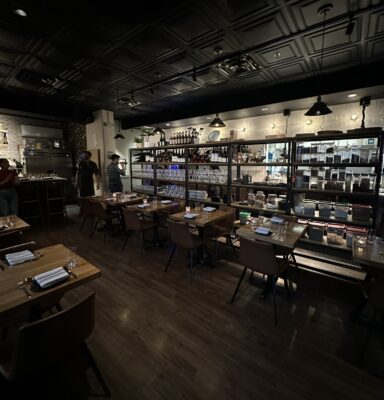
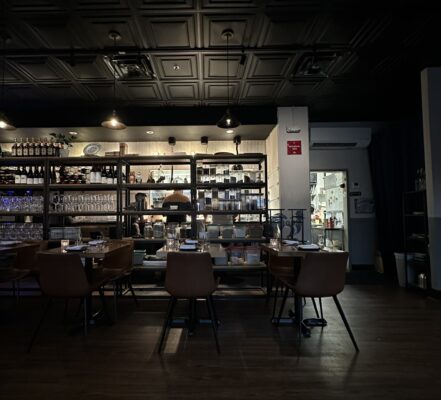
Open exclusively for dinner, the restaurant offers a prix fixe menu priced at $95, consisting of four courses—three savory dishes and a dessert—with the option to add extra courses for $15 each. The meal begins with a warm Hong Kong-style pineapple bun, which is light, airy, and infused with a delightful pineapple flavor.
The first course, FLUKE TARTARE – wasabi | huckleberry | melon, is visually striking, bursting with color and freshness. The fluke is delicately marinated in citrus, enhancing its natural brightness while a subtle floral note adds depth. Next, the CHARRED CABBAGE – whipped tofu | Thai chili honey | nuoc cham | hazelnut presents a medley of fresh vegetables with a perfect balance of sweetness and spice. The whipped tofu provides a silky base that complements the charred scallions beautifully, resulting in a light yet flavorful dish.
The NORWEGIAN COD – Littleneck clams | potato leek | fennel follows, with the cod expertly seasoned and enveloped in a thick potato-leek sauce that lends richness to the dish. A touch of yuzu marmalade brings a welcome zest, while crispy carrot strings add texture and a hint of earthy sweetness.
The SHORT RIB TORTELLINI – roasted tomato | bone marrow | XO butter is a standout. The tortellini, filled with tender short rib and foie gras, is decadent and deeply satisfying. The bone marrow sauce imparts a luxurious savoriness, while dehydrated garlic chili adds a crunchy texture and a mild kick of heat.
Highly recommended by the staff, the CHICKEN PRESSE – braised endive, confit potato, chicken jus, does not disappoint. The chicken is perfectly cooked—exceptionally tender and moist with a skin that is irresistibly crispy. The accompanying chicken jus is deeply flavorful, tying the dish together beautifully.
For dessert, the HUMMINGBIRD CAKE – chili pineapple | cream cheese | coconut is a unique take on the classic Southern cake, originally from Jamaica. Another staff favorite, this dessert impresses with its luscious cream cheese filling, which is both rich and delicately sweet. The chili pineapple adds a bright contrast, while coconut is creatively incorporated in various forms, including a crisp and a creamy coconut ice cream. To conclude the meal, a sweet almond financier is served, providing a simple yet satisfying final bite.
Dinner at Rooster & Owl is an enjoyable and well-executed experience. The menu showcases strong Asian influences, with ingredients thoughtfully woven together to create layers of flavors that harmonize beautifully. The four-course structure is more than satisfying, yet the option to add additional dishes allows guests to personalize their tasting journey.
The service is equally impressive—warm, engaging, and effortlessly professional. The staff strike a perfect balance between being attentive and maintaining a relaxed, welcoming atmosphere, making each guest feel at home.
Rooster & Owl is a restaurant I thoroughly enjoyed. As a strong one-Michelin-star establishment, it delivers exceptional flavors at an accessible price point in an inviting setting. It’s a dining experience well worth seeking out.

